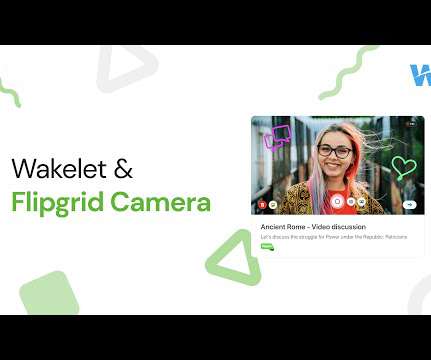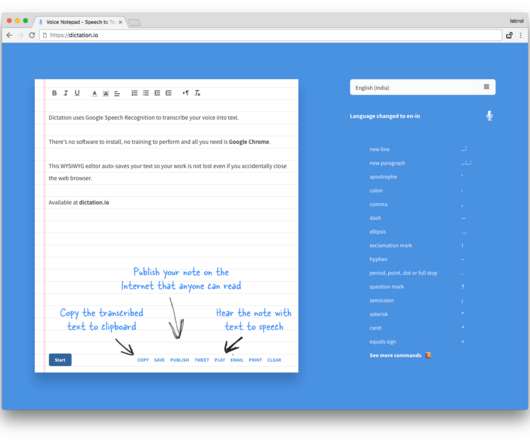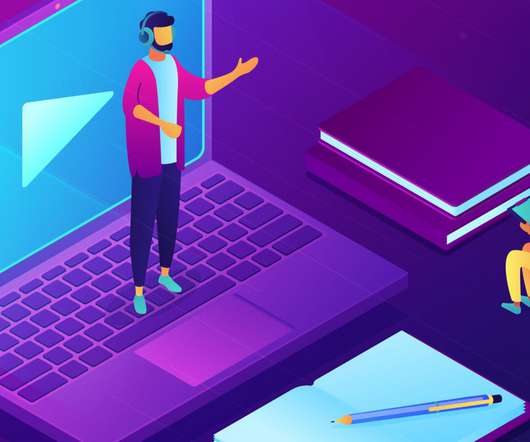Wakelet
Adam Watson Edtech Elixirs
FEBRUARY 4, 2020
You could use it to collect digital artifacts -- URLs, pictures, YouTube videos, social media posts -- and you could sequence these items to create a narrative in order to share with others. You can use Google, Microsoft, Facebook, or just use your email address. The 49 second video below shows how this works. How does it work?














Let's personalize your content